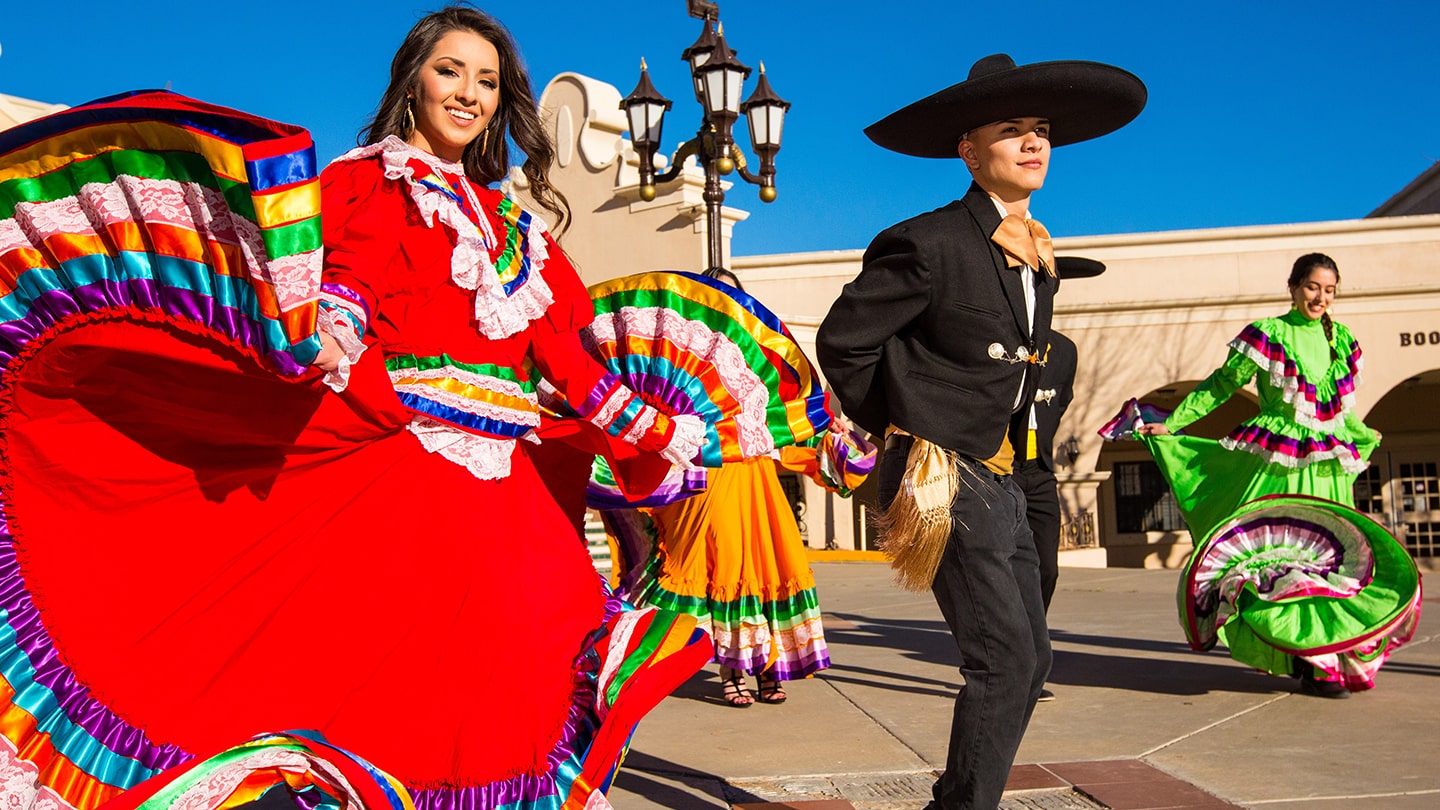
25 interesting facts about Cinco de Mayo
- 👁️ 267
Cinco de Mayo, observed on the 5th of May, is a celebration that has garnered international recognition, far beyond its Mexican origins. While often mistaken for Mexico’s Independence Day, the holiday actually commemorates the Mexican army’s unexpected victory over French forces at the Battle of Puebla on May 5, 1862. This historic triumph fostered a sense of unity and patriotism among Mexicans and has evolved into a broader celebration of Mexican culture and heritage. Today, Cinco de Mayo is celebrated with parades, food, music, and cultural festivities, particularly in the United States, where it serves as a tribute to Mexican-American culture. Here are 25 interesting and informative facts about Cinco de Mayo that illuminate the significance and global impact of this vibrant holiday.
- Cinco de Mayo commemorates the Mexican victory at the Battle of Puebla against the French on May 5, 1862.
- The battle was won under the leadership of General Ignacio Zaragoza.
- Despite being outnumbered, the Mexican forces managed to defeat one of the most powerful armies in the world at the time.
- Cinco de Mayo is often confused with Mexican Independence Day, which is actually celebrated on September 16.
- The holiday is more widely celebrated in the United States than in Mexico.
- In Mexico, the largest Cinco de Mayo celebrations take place in Puebla, where the historic battle took place.
- The victory is celebrated as a symbol of Mexican resilience and patriotism.
- Traditional Cinco de Mayo festivities include parades, mariachi music performances, and street festivals.
- One of the traditional foods eaten during Cinco de Mayo is mole poblano, a dish that originates from Puebla.
- The United States observes Cinco de Mayo with a focus on Mexican-American culture, featuring traditional Mexican cuisine, folklore, and dances.
- The holiday has become a significant annual celebration for many U.S. businesses, especially those in the food and beverage industry.
- Cinco de Mayo is not a federal holiday in Mexico; however, schools are closed nationwide.
- The holiday has gained popularity in parts of Canada, Australia, and even Japan, celebrating Mexican culture and heritage.
- The world’s largest Cinco de Mayo celebration takes place in Los Angeles, California, known as “Fiesta Broadway.”
- Some of the typical decorations used in Cinco de Mayo celebrations include colorful paper flowers, banners, and piñatas.
- Cinco de Mayo is a day for many Mexicans to honor their cultural heritage, whether they are in Mexico or abroad.
- In Puebla, reenactments of the Battle of Puebla are a key part of the festivities.
- Despite its historical roots, modern Cinco de Mayo celebrations often focus on the general celebration of Mexican culture rather than the specific victory at Puebla.
- Margaritas, though not a traditional drink of the holiday, have become associated with Cinco de Mayo celebrations, particularly in the United States.
- The holiday encourages the exploration and appreciation of Mexican music genres, including mariachi, norteño, and banda.
- Some U.S. cities host running events, known as “Cinco de Miler,” combining the festive spirit with health and wellness.
- Educational institutions often use Cinco de Mayo as an opportunity to teach about Mexican history and culture.
- The celebration of Cinco de Mayo started among Mexican miners in California during the American Civil War as a show of solidarity with Mexico against French rule.
- In Mexico, military parades and other commemorative events are held to remember those who fought in the Battle of Puebla.
- Cinco de Mayo has played a role in the growing recognition and celebration of multiculturalism within the United States.
Cinco de Mayo serves as a vibrant testament to the enduring spirit of Mexican culture and heritage, celebrated not just in Mexico but around the world. It highlights the historical significance of the Battle of Puebla while fostering a broader appreciation for Mexican traditions, cuisine, and arts. The holiday has transcended its origins to become a global celebration of cultural pride and unity, bringing people together to honor the richness of Mexican-American culture. As it continues to grow in popularity, Cinco de Mayo remains a symbol of resilience, diversity, and the joyous celebration of cultural identity.
Cinco de Mayo, observed on the 5th of May, is a celebration that has garnered international recognition, far beyond its Mexican origins. While often mistaken for Mexico’s Independence Day, the holiday actually commemorates the Mexican army’s unexpected victory over French forces at the Battle of Puebla on May 5, 1862.…